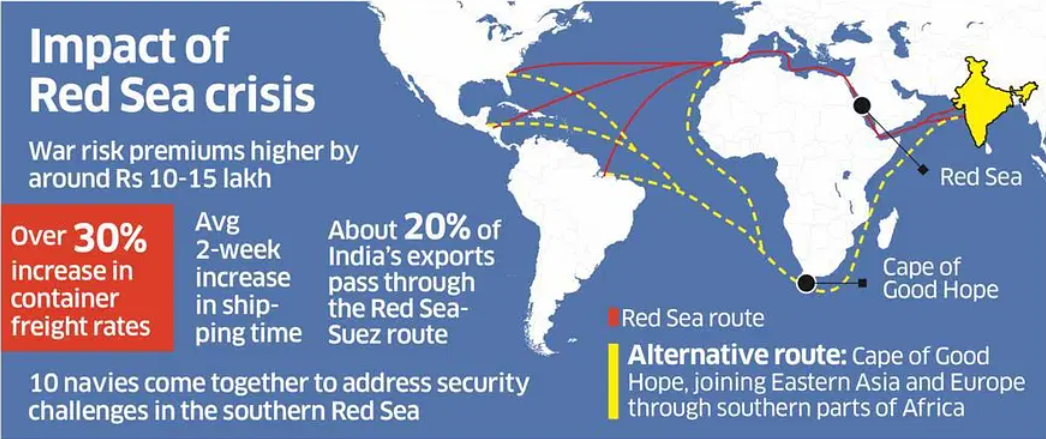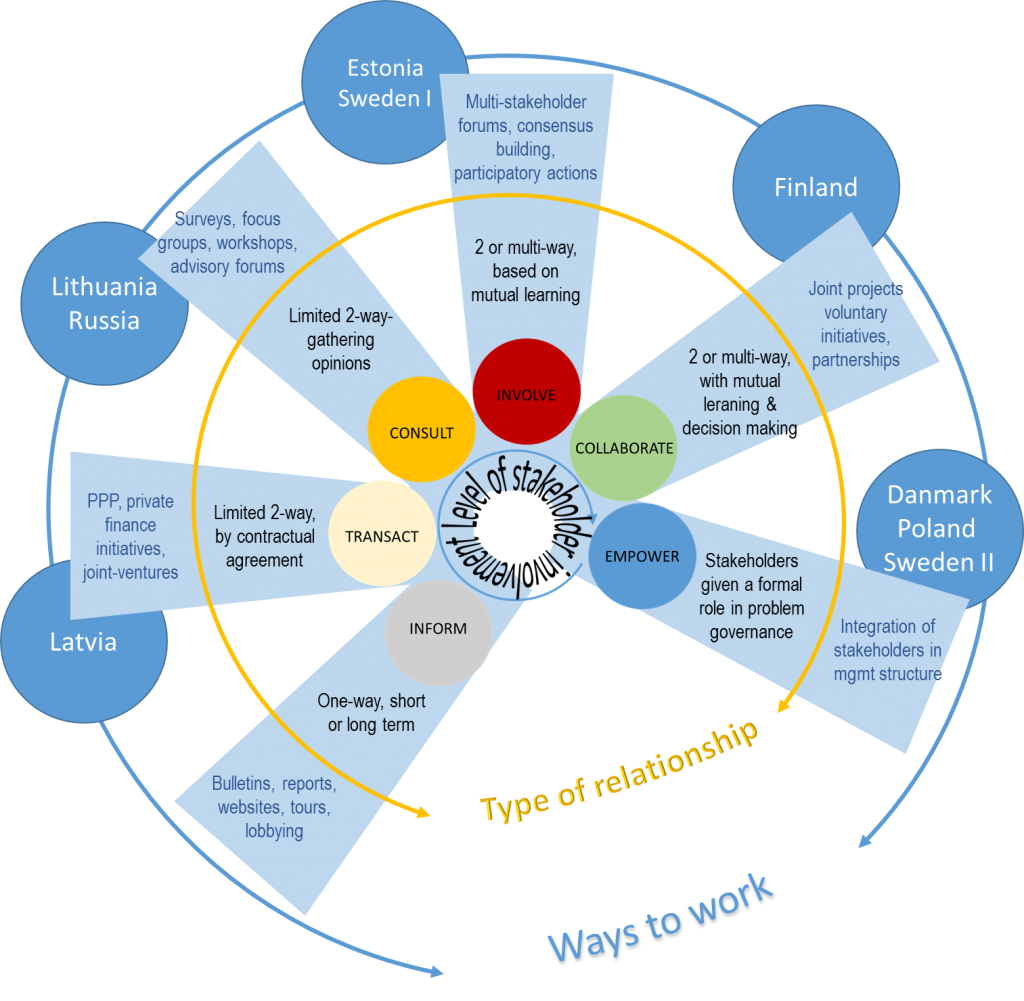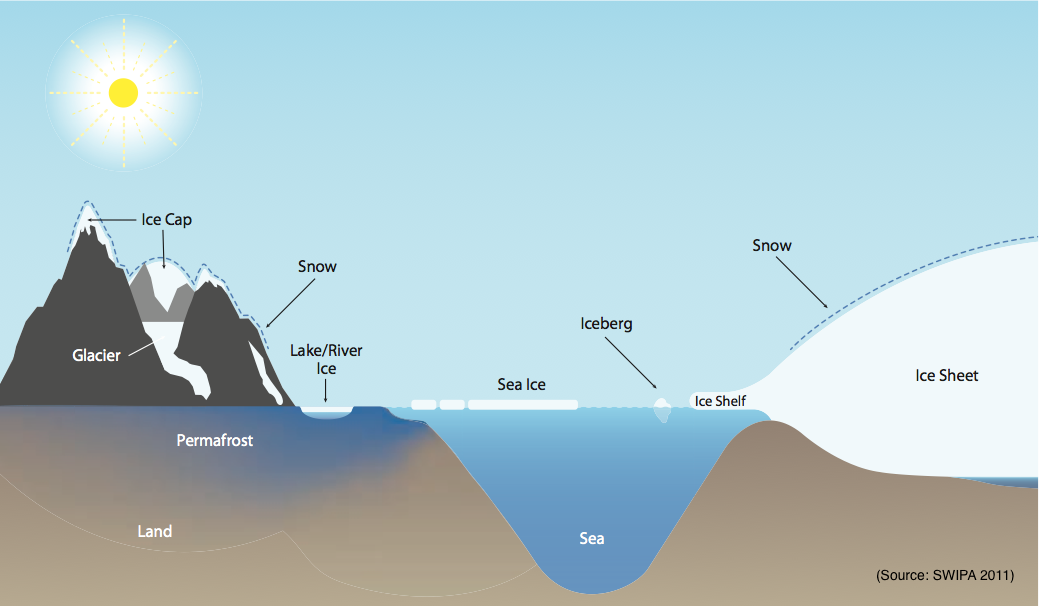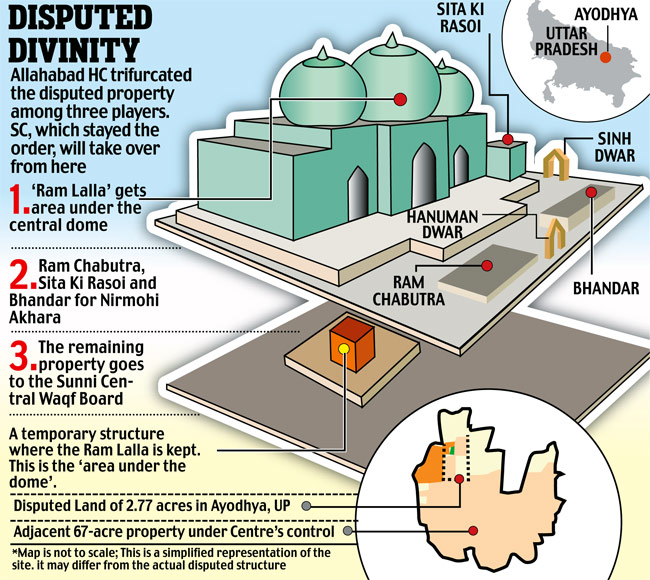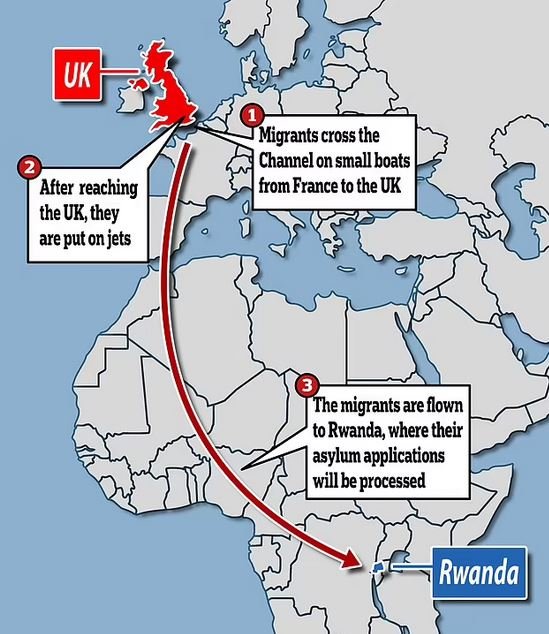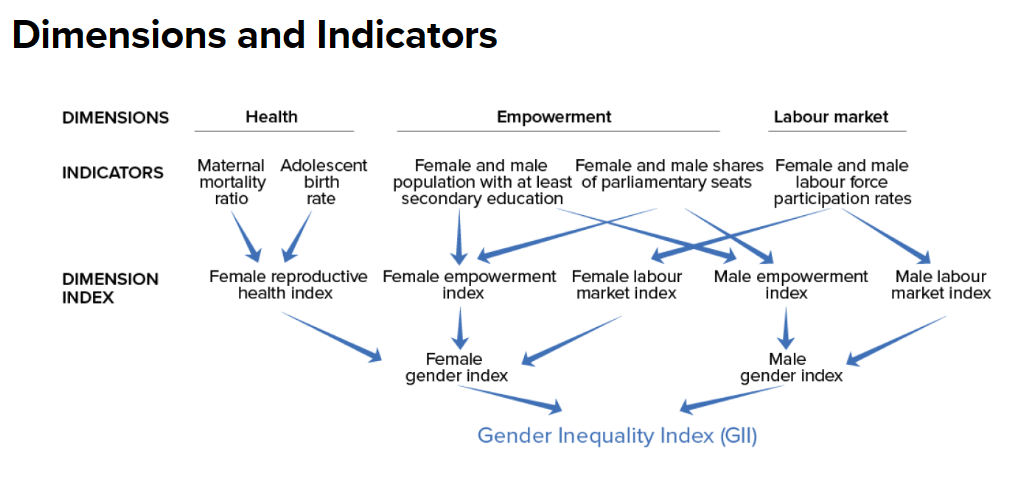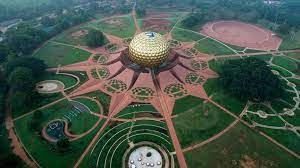
Current Affairs for UPSC Civil Services Exam – April 12, 2024
Subscribers of "Current Affairs" course can Download Daily Current Affairs in PDF/DOC
Subscribe to Never Miss an Important Update! Assured Discounts on New Products!
Must Join PMF IAS Telegram Channel & PMF IAS History Telegram Channel
{GS1 – A&C – Architecture} Kerala’s Ganapathyvattam
- Context(IE): The Kerala State BJP president, also a candidate for the Wayanad Lok Sabha seat, supports renaming Sulthan Bathery in Wayanad.
- He suggests renaming it as Ganapathyvattam, stating that the current name originated from Tipu Sultan’s invasion.
- He claims that Tipu Sultan, linked to Sulthan Bathery, massacred Hindus and Christians, making it unsuitable to commemorate him.
About Sulthan Bathery & Ganapathyvattam
- Sulthan Bathery is one of the three municipal towns in Wayanad, alongside Mananthavady and Kalpetta.
- It houses a stone temple once known as Ganapathyvattam, built in the architectural style of the Vijayanagar dynasty.
- The temple was constructed by migrating Jains from present-day Tamil Nadu and Karnataka in the 13th century.
- However, it suffered partial destruction during the invasions of Tipu Sultan, the ruler of Mysuru, in the late 18th century.
- Between 1750 and 1790, northern Kerala faced multiple invasions by Mysuru rulers Hyder Ali and his son Tipu.
- Tipu Sultan’s armies destroyed temples and churches during their invasions.
- Tipu Sultan used the Maha Ganapathy temple in Sulthan Bathery to store weapons for his army in the Malabar region.
- The British recorded the temple as Tipu Sultan’s Battery, leading to the name Sulthan Bathery.
- After the invasions, the temple remained abandoned for around 150 years. Eventually, the Archaeological Survey of India took it over and declared it a monument of national importance.
{GS2 – Governance – Laws} Uttar Pradesh Madrasa Law
- Context (IE): The SC stayed an Allahabad HC order declaring the UP Board of Madrasa Education Act, 2004, “unconstitutional.”
- There are a total of 16,513 recognised and 8,449 unrecognised madrasas in the state, catering to approximately 27 lakh students.
- Of the 16,513 recognised madrasas, the state government fully funds 558, and the rest are government-aided, privately run madrasas.
- An Allahabad HC judgment struck down a 20-year-old Uttar Pradesh law regulating madrasas and ordered their students to be transferred to regular schools.
Uttar Pradesh Board of Madarsa Education Act, 2004
Objectives
- To regulate and oversee the operations of madrasas (Islamic educational institutions) within Uttar Pradesh.
- To establish a structured framework for the establishment, recognition, curriculum, and administration of these madrasas across the state.
- Uttar Pradesh Board of Madarsa Education was established to oversee and supervise the activities of madrasas in the state.
Concerns related to the Act
- It threatens the principles of secularism.
- It violates the Basic Structure of the Constitution.
- The Act is “violative of Section 22 of the University Grants Commission Act, 1956”.
- Madrasa students are only required to study Islam and its doctrines to progress to the next class.
- Modern subjects such as Hindi, English, maths, science, and social sciences are either included or offered as optional, and students have the choice to study just one optional subject.
- It fails to ensure quality compulsory education up to the age of 14 years, as mandated by Article 21 A of the Constitution.
- The exclusion of madrasas from the Right to Education (RTE) Act, 2009, potentially deprives students of universal and quality school education.
H.C Ruling and Verdict
- The Allahabad HC declared the Uttar Pradesh Board of Madarsa Education Act, 2004, unconstitutional due to violations of secular principles and fundamental rights.
- It directed the state government to accommodate madrasa students in recognised regular schools and raised concerns about the limited curriculum focused on Islamic studies.
- The ruling highlighted potential adverse effects on students’ access to quality education and prompted legal arguments regarding constitutional violations.
Constitutional Provisions Regarding Education in India
|
Provisions |
Article |
| The State shall endeavour to provide early childhood care and education for all children until they reach the age of six years. |
Article 45 |
| The 86th Constitutional Amendment Act of 2002 provided the Right to Education as a fundamental right in Part III of the IC. It made education a basic right for children between the ages of six and fourteen. |
Article 21A |
| Promotion of education and economic interests of Scheduled Castes, Scheduled Tribes, and other weaker sections of the people. |
Article 46 |
| Freedom to attend religious education in certain educational institutions established under an endowment or trust and administered by the state. |
Article 28 |
| Education of minorities, protection of interests of minorities. |
Article 29 |
| Right of minorities to establish and administer educational institutions. |
Article 30 |
| Parents and guardians must provide educational opportunities for their children between the ages of 6 and 14. |
Article 51 A(K) |
{GS2 – IR – Russia-Ukraine} Swiss Peace Summit
- Context (IE): Switzerland announced it would host a major summit in June as a “first step” for lasting peace in the Russia-Ukraine war.
- More than 100 countries, including India and Russia, are invited to participate.
- Earlier, Turkey was able to negotiate the Black Sea grain deal, which allowed the movement of grains from Ukraine through the Black Sea.
Demands of Russia and Ukraine
Ukraine’s 10-point plan
- It focuses on:
- Restoring Ukraine’s territorial integrity,
- Withdrawal of Russian troops and cessation of hostilities,
- Restoration of Ukraine’s state borders with Russia.
- Other demands include the release of prisoners and food security.
China’s 12-point plan
- Russia rejected the Ukrainian plan; however, it supports the Chinese 12-point plan.
- It focuses on hostilities and protecting civilians but makes no mention of Russia returning territory.
- It also stressed that “The security of a region should not be achieved by strengthening or expanding military blocs”, indirectly referring to NATO expansion.
- Russia has maintained its aims of “denazification, demilitarisation, and neutral status” of Ukraine.
India’s stand on the Russia-Ukraine war
- India has expressed concerns over the ongoing violence.
- However, it has refrained from blaming either side.
{GS3 – Envi – CC} Overview on India’s Climate Policy
- Context(IE): Understanding India’s Climate Policy – A Expert’s Insight.
Evolution of environment policies globally and in India
- The Rio Summit in 1992 introduced
- The United Nations Framework Convention on Climate Change (UNFCCC).
- The Convention on Biological Diversity.
- Forest Principles.
- India’s Response
- Gradual integration of climate change and biodiversity concerns by India’s Ministry of Environment and Forests post-Rio Summit.
Determinants of India’s climate policy
- India’s climate policy is based on five major determinants: geography, population, impacts, worldview, and actions.
Geography
- India’s land area is 3.28 million sq km, making up 2.4% of the world’s land surface and holding 4% of global freshwater resources. It ranks as the seventh largest country globally.
- India is one of 17 mega-biodiverse countries, with four biodiversity hotspots, 10 bio-geographic zones, and 22 agro–biodiversity hotspots.
- The country experiences six distinct seasons, shaping its civilisation and economy.
- However, climate change has disrupted this seasonal cycle in recent years.
- The blurring of seasonal distinctions has led to increased unpredictability and negative impacts on both nature and society.
Population
- India has a population of 1.4 billion, nearly one-sixth of the global population.
- It boasts 7-8% of the world’s recorded species, including over 45,500 plant species and 91,000 animal species. The human-to-land ratio in India is very low, at 0.0021 sq km, and is decreasing over time.
- Coping with this limitation requires understanding and integrated management of land and water resources.
Impacts
- According to the Global Climate Risk Index 2020 by Germanwatch, India is ranked as the fifth most affected country by extreme weather events.
- This is a significant increase from its 14th position in 2017.
- The World Bank’s report on the Impact of Climate Change on South Asia (2018) predicts that India could lose 2.8% of its GDP due to rising temperatures and changing monsoon patterns by 2050.
- Nearly half of the country’s population could also see a decline in living standards as a result.
Worldview
- India’s perspective is influenced by its tradition of living in harmony with nature.
- The ‘Prithvi Sukta‘ describes the Earth as our Mother and sacred groves emphasise the importance of protecting nature.
- Gandhi’s principles, like standing up for the marginalised and practising trusteeship, echo this tradition of valuing nature.
- The idea that the Earth can provide for everyone’s needs but not everyone’s greed has been a longstanding belief.
- The Ministry of Environment, Forest and Climate Change (MoEFCC) logo reflects our reverence for nature and our commitment to conservation.
- To effectively address global challenges like climate change, the world needs to embrace the ancient Indian philosophy of ‘Vasudhaiva Kutumbakam‘(One Earth, One World, One Future).
Actions
- India’s actions are guided by science, evidence, and numbers.
- Despite historical emissions of less than 4% and relatively low per capita CO2 emissions of 1.9 tonnes, India is committed to both domestic and international actions that benefit the planet.
- It has established international initiatives like the International Solar Alliance (ISA) to promote the transition to renewable energy.
- Unlike some developed countries, India has decoupled carbon emissions from economic growth and is progressing towards meeting its Nationally Determined Contribution (NDC) targets.
Unstable United States Stand
|
India’s Approaches and Principles of Climate Policy
- India’s climate policy is guided by its vision of inclusive growth, poverty eradication, and social development.
- India adheres to the foundational principles of the UNFCCC.
- It also promotes climate-friendly lifestyles and aims for clear, consistent, and coordinated policies.
- India believes that development and environmental conservation are interconnected and should be pursued together for comprehensive development.
- India attributes the problem of climate change to the overexploitation of natural resources by developed countries.
- It advocates for the Common But Differentiated Responsibilities and Respective Capabilities (CBDR-RC) principle, which was largely shaped by Indian interventions at the Rio Summit in 1992.
Why India Advocates for CBDR-RC Principle?Disproportionate responsibility of developed nations
India within sustainability limits
|
India’s efforts towards addressing climate change issues
- The National Action Plan on Climate Change (NAPCC) 2008, comprising eight missions, provides a framework for addressing climate change.
- All 34 Indian states and Union Territories have developed State Action Plans on Climate Change (SAPCCs) aligned with the NAPCC objectives.
- Civil society actively participates in decision-making processes related to climate change.
- India has established global institutions such as the
- International Solar Alliance (ISA)
- The Coalition for Disaster Resilient Infrastructure (CDRI).
- The Global Biofuels Alliance (GBA).
- India, along with Sweden, leads ‘The Leadership Group for Industry Transition‘ and promotes sustainable lifestyles through initiatives like the ‘Lifestyle for Environment‘ movement.
- India’s long-term strategy to the UNFCCC aims for net zero emissions by 2070.
- Despite having no binding mitigation obligations under the UNFCCC before 2020, India has successfully reduced the emission intensity of its GDP by 33% between 2005 and 2019.
- India has significantly increased its solar energy capacity by over 26 times and doubled its wind energy capacity in the past decade.
- It now ranks fourth globally in installed wind capacity and fifth in solar capacity.
- India achieved its target of having 40% of its installed electric capacity from non-fossil fuels in November 2021, nine years ahead of schedule, and has since increased the target to 50%.
- There’s a strong focus on providing basic services like pucca housing, continuous electricity, clean water, universal health insurance, and clean cooking gas, which contributes significantly to the fight against climate change.
{GS3 – IE – Reports} Asia Development Outlook report
- Context(TH): The Asian Development Bank released its Asia Development Outlook report.
- According to the director of ADB, India’s economy is expected to stay strong for the next two years.
- India’s growth will be fueled by both public and private sector investments and improving consumer demand, especially as the rural economy strengthens.
Key Findings
- GDP growth is predicted to slow from 7.6% in 2023-24 to 7% this year and then to 7.2% in 2025-26.
- Retail inflation is expected to drop to 4.6% this year and 4.5% in 2025-26.
- Persistent Food inflation is projected to decrease to 5.7% as farm output returns to normal.
- Rural & Urban consumption demand
- A normal monsoon this year is anticipated to boost rural consumption. Last year, rural consumption was subdued due to erratic rainfall affecting the farm sector, leading to increased demand for work under the MGNREGA.
- Falling inflation and better labour markets in cities will lead to increased consumer demand.
- However, meeting domestic demand through imports may widen the Current Account Deficit moderately to 1.7% of GDP this year and next year.
- Export growth may be less this year due to slower growth in major advanced economies, but it is expected to improve in 2025-26.
- Foreign direct investment is expected to remain low in the near term due to global financial conditions but is anticipated to increase in 2025-26, driven by higher industry and infrastructure investments.
- Downside Risks
- Global shocks like a spike in crude oil prices could pose a downside risk to the ADB’s projections by leading to higher global inflation and tighter financial conditions.
- Domestic risks include underperformance in agriculture due to weather shocks, which could affect demand and inflation.
- Upside risks
- It includes faster-than-expected FDI inflow, especially into manufacturing, which could improve output and productivity.
- Better-than-expected global growth could also boost exports and overall growth, the ADB noted.
|
{GS3 – IS – Initiatives} Strategic Projects in Andaman and Nicobar Islands
- Context (IE): Andaman and Nicobar (A&N) Islands are seeing a major strategic security upgrade.

Recent strategic upgradations in A&N
- Enhanced infrastructure: Revamped airfields and jetties, additional logistics and storage facilities, habitat for troops, robust surveillance infrastructure, etc., are being constructed.
- Capacity for greater deployment: Such upgradation will facilitate the deployment of additional military forces and warships, aircraft, missile batteries and troops.
- Road construction: A road from the north of the islands to Port Blair in the south is being proposed.
- Expansion of IAF station: Includes expansion of the runway and station. It can result in the holding of fighter squadrons for longer durations.
- Great Nicobar Island Project: A project that includes an international container transhipment terminal, a greenfield international airport, and a township development is being proposed.
- Naval capabilities: Upgrades in hangers, Precision Approach Radar (PAR), Surveillance System at INS Utkrosh in Port Blair and Naval Communication Network (NCN) Centres enhanced naval capacities.
- Remote Sensing: The National Remote Sensing Centre (NRSC) will increase its manpower to analyse satellite imagery and technical capacity to improve surveillance in the A&N Islands and Lakshadweep.
Strategic Importance of A&N Islands
- Closeness to maritime chokepoint: Its location at the western entrance/exit of the Strait of Malacca makes it essential in case of a “Malacca Dilemma”.
- India’s opportunity: It allows India to monitor the flow of traffic from the South China Sea (Pacific Ocean) to the Andaman Sea (Indian Ocean).
- Closer to other nations: The A&N islands are closer to Myanmar, Indonesia, and Thailand than to the Indian cities of Chennai and Kolkata.
- Exclusive economic zone (EEZ): It adds 300,000 sq km to India’s EEZ and promises undersea hydrocarbon and mineral deposits.
- Uninhibited islands: Less than 40 of the archipelago’s 836 islands and islets are inhabited, leaving a possibility of surreptitious occupation — a la “Kargil heights” — by a covetous neighbour.
- China’s expanding influence: China is building a military facility at Myanmar’s Coco Islands north of the A&N Islands, which raises concerns.
Malacca Dilemma
|
Historical evolution of security presence in A&N
- British Period: Dark symbolism of Kalapani to Cellular jail in A&N island in the aftermath of the 1857 revolution led to long neglect of the island chain.
- Liberated by INA: Japan occupied it during World War II. For a brief period, it remained liberated under the Provisional Government of INA.
- Part of independent India: Despite some British advisors suggesting it to be retained as the Crown’s possession, it became part of India.
- A&N Naval garrison: In 1962, after a reported sighting of a Chinese submarine, India stationed a few navy personnel in the A&N islands.
- Post-Kargil war: India’s first unified theatre operational command, the Andaman Nicobar Command (ANC) in Port Blair, was established in 2001 after the Kargil security review report.
Way forward: India’s future role in A&N
- Extension of defensive and diplomatic capabilities: A security infrastructure upgrade will not only extend India’s defensive perimeter but also bestow the ability to project power or extend a hand of friendship to maritime neighbours.
- Peace in the region: India, with the cooperation of like-minded partners, can contribute to maintaining peace and tranquillity in the Indo-Pacific.
- Transhipment hub: Port Blair could become a regional hub for navies to acquire interoperability in areas such as disaster relief, medical aid, countering piracy, and human smuggling.
To know more, visit > Andaman and Nicobar Islands.
{Prelims – Envi – Species} Java Tiger
- Context (LM): The discovery of a single hair raises hopes that the Java tiger, believed to be extinct, may still exist.

- Java Tiger is native to the Indonesian island of Java.
- The Javan tiger was small compared to other subspecies of the Asian mainland Tigers.
- In 2008, since no evidence of a Javan tiger was found during several studies in the 1980s and 1990s, it was assessed as extinct.
- Other Extinct tigers
- Balinese tigers (Panthera tigris balica).
- Caspian tigers (Panthera tigris virgata).





![PMF IAS Environment for UPSC 2022-23 [paperback] PMF IAS [Nov 30, 2021]…](https://pmfias.b-cdn.net/wp-content/uploads/2024/04/pmfiasenvironmentforupsc2022-23paperbackpmfiasnov302021.jpg)

